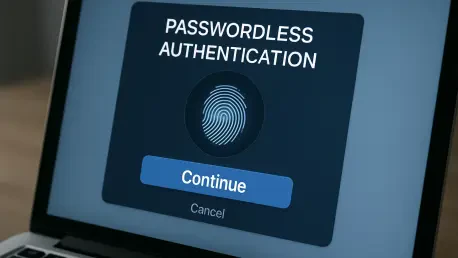The digital world relies heavily on passwords, yet their security is often questioned. Many users experience “password fatigue”—the exhaustion from managing numerous complex passwords, which are nonetheless vulnerable. This presents a compelling question: Can we move to an environment without these cryptic combinations?
The Reality of Our Password Reliance
In today’s digital landscape, passwords remain a stubborn fixture. Despite the increasing sophistication of cyber threats, a large portion of users continue to rely on predictable and weak passwords. This makes password-based systems inviting prey for cybercriminals. High-profile breaches often expose the weaknesses of traditional password systems, confirming that these critical security measures can be a double-edged sword.
Charting the Route to a Secure, Passwordless System
As companies explore alternatives, passwordless technologies have emerged with promising potential. Solutions such as biometric authentication and hardware tokens demonstrate the feasibility of these technologies. Adoption rates, however, vary significantly, with a hybrid approach often being favored to ease the transition. Recent statistics underscore successful shifts toward passwordless solutions, hinting at a possible secure future devoid of passwords.
Insight from Cybersecurity Trailblazers
The journey toward passwordless authentication gains momentum through insights from cybersecurity innovators. Industry leaders debate the feasibility and potential impact of a passwordless world. For example, CISOs from leading tech firms advocate for strategic implementations of passwordless methods. Meanwhile, companies that have adopted these solutions share promising anecdotes, demonstrating reduced risk and improved user experiences.
Moving Toward a Passwordless Future
Organizations considering a move to passwordless systems need a framework to guide this transition. Practical strategies involve a comprehensive assessment of current systems, the adoption of emerging technologies, and a phase-wise implementation plan. Addressing challenges such as user adaptation and system compatibility is crucial. With expert advice, companies can gradually shift while ensuring robust security during the transition.
In conclusion, transitioning to a passwordless digital ecosystem offers a modern solution, but its real-world application requires strategic effort and careful planning. Although the complete eradication of passwords remains distant, the adoption of alternative authentication measures is gaining traction. By focusing on reducing password dependency, organizations set the stage for a more secure, user-friendly future in digital security.









